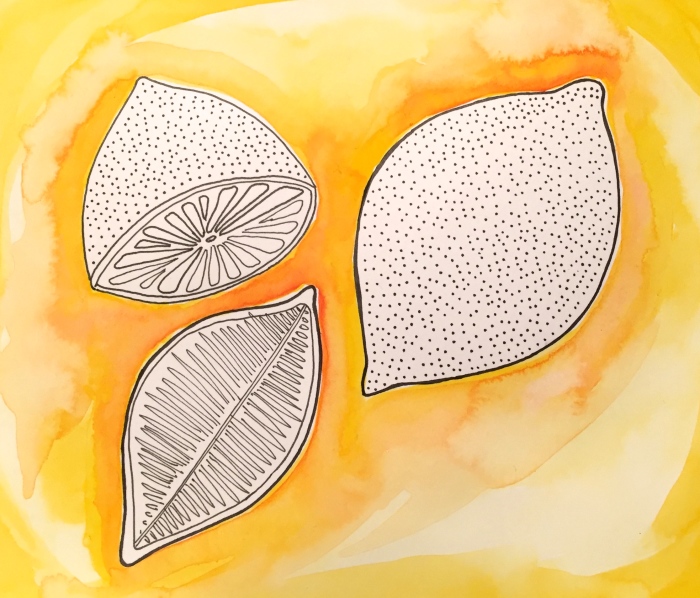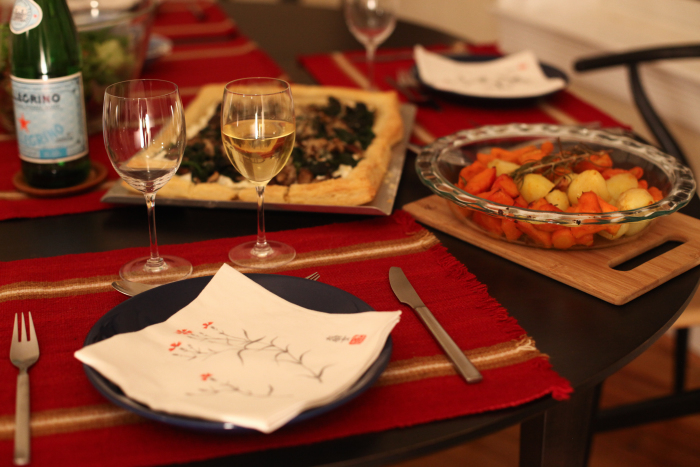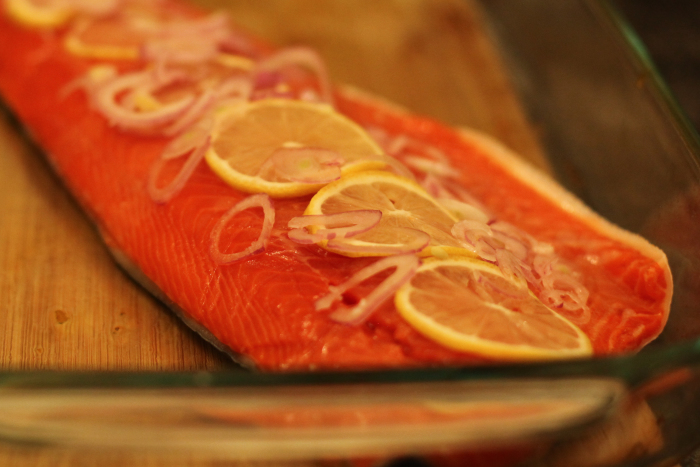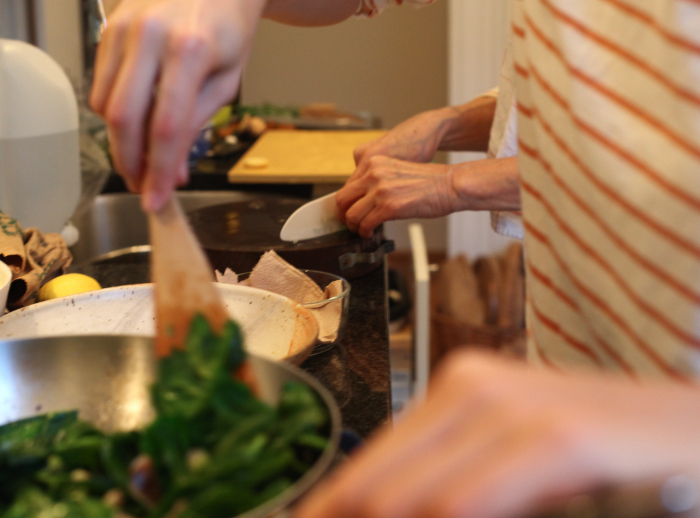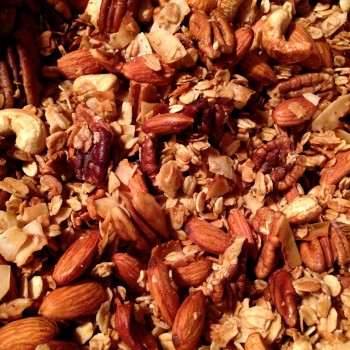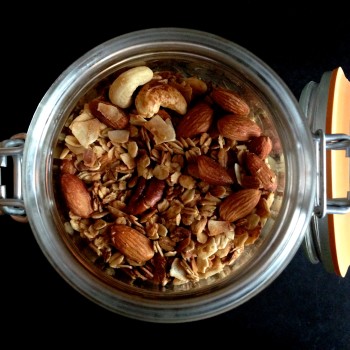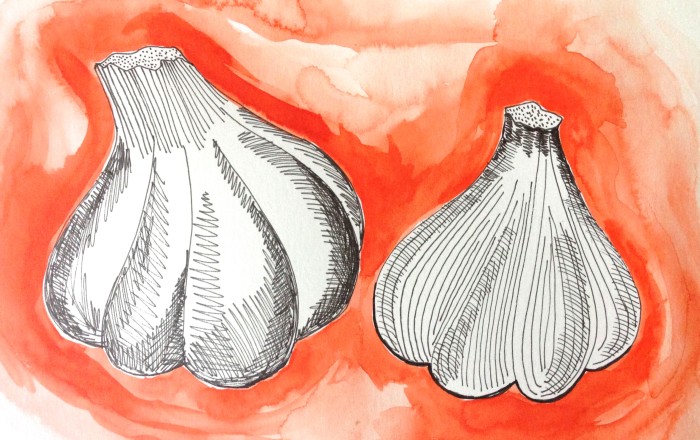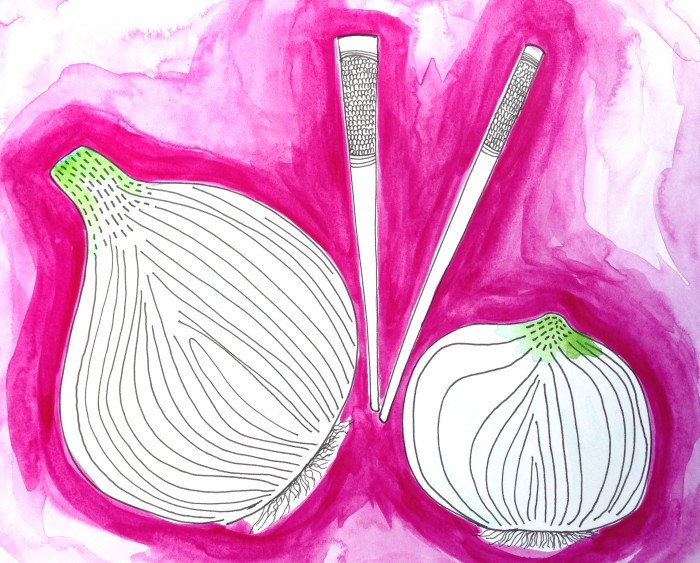revuelto de arroz
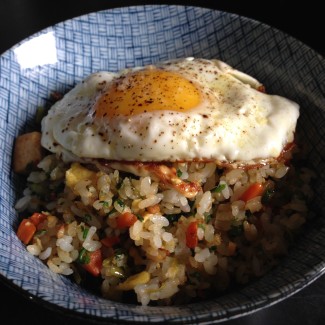
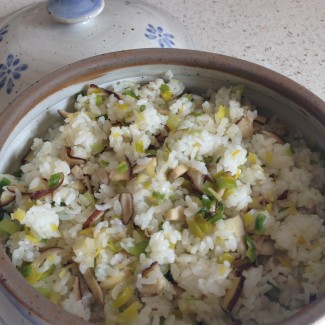
Left: rice with egg, carrots, onions, and parsley. Right: rice with leeks, spring onions (one bunch), shiitake mushrooms, and ginger.
This rice isn’t fried, my mother says, it’s a revuelto de arroz. A scramble of rice, or better still, rice turned over in the pan. With a wooden spatula, she lifts and turns the short-grain rice in the pan. Clumps of warm rice roll around in caramelized leeks and carrots. In a bowl, she whisks two eggs with salt and swirls them in a pan shimmering with olive oil. She scrambles the eggs with chopsticks. The rice crisps against a medium flame. The pan hisses as my mother sprinkles soy sauce. She adds a final trickle of olive oil and gently folds in the scrambled eggs. Sometimes she makes her revuelto with coconut oil.
We used to call this dish arroz saltado, or fried rice, until we realized it’s nothing like the fried rice we find in restaurants. These rice grains aren’t glossy and slippery with oil. They hold together from the moisture of cooking in water, forming clusters among whatever vegetables we’ve found in our kitchen. The only seasoning we use is salt, soy sauce, and oil, either olive or coconut, depending on our mood. But we are adamant about using fragrant oil rather than the more neutral grapeseed. The final touch: fresh parsley leaves.


